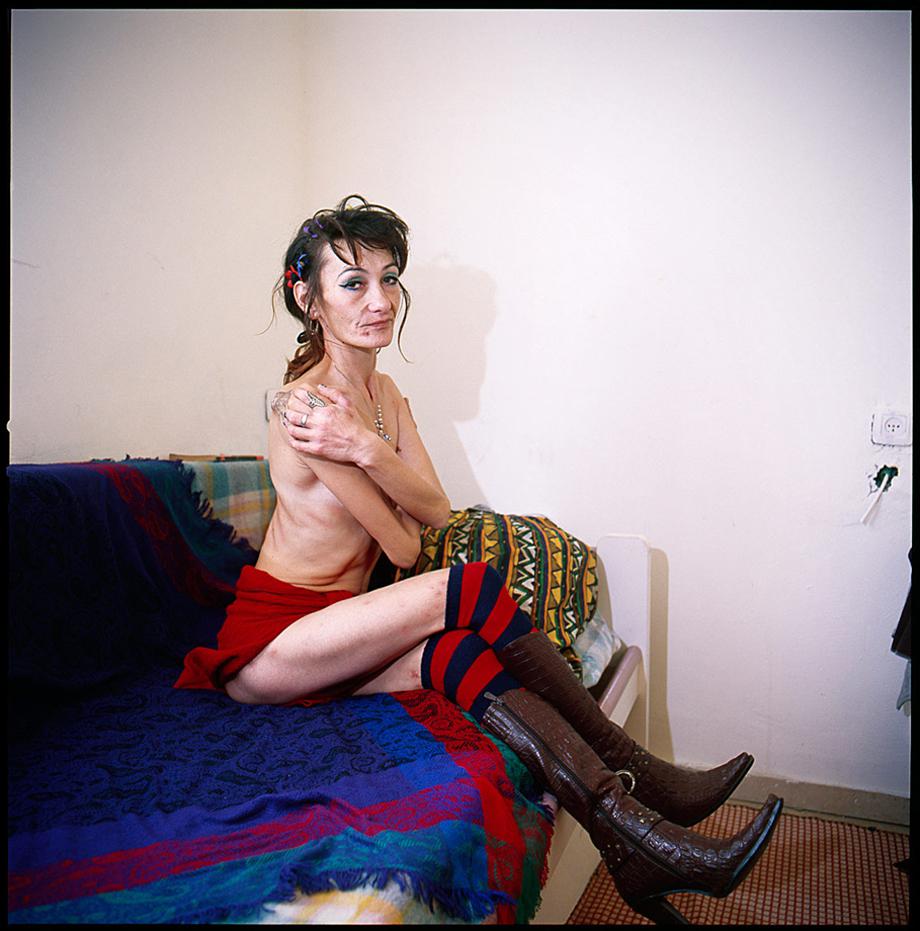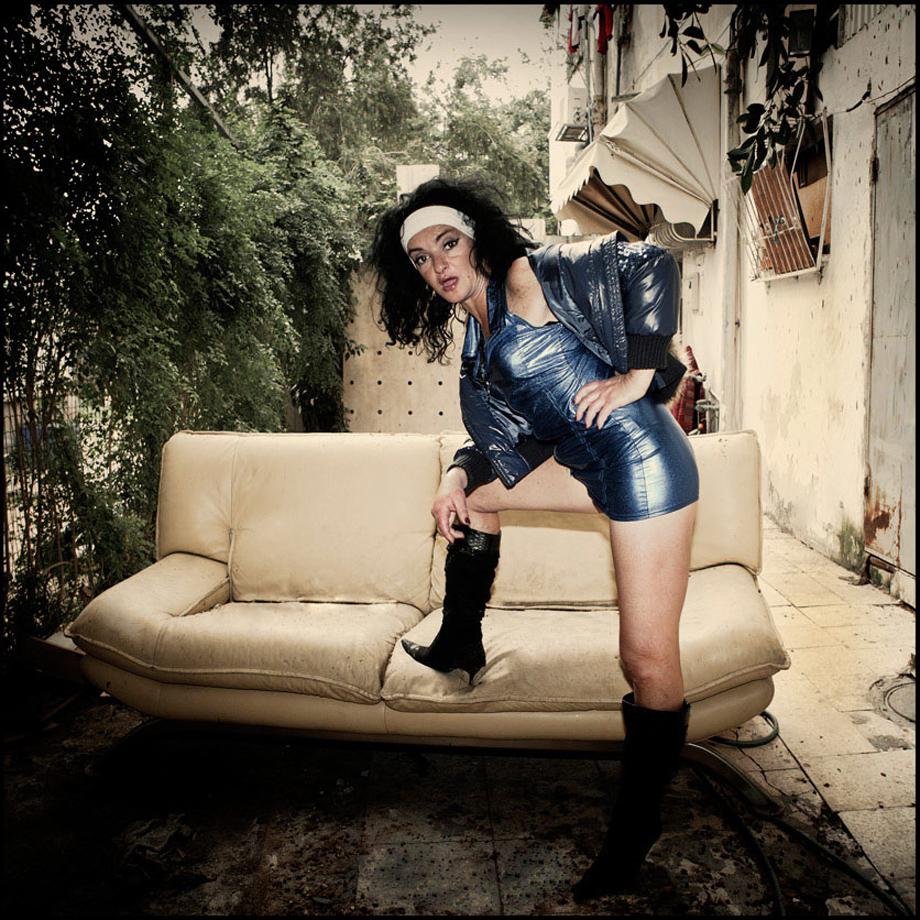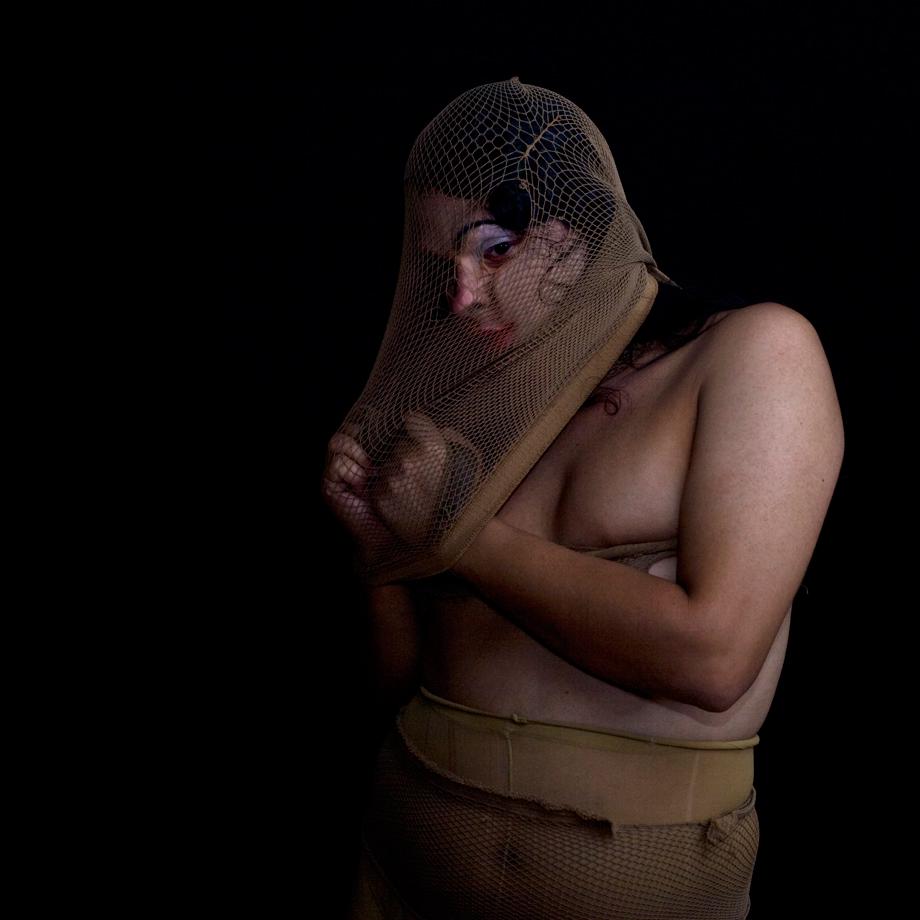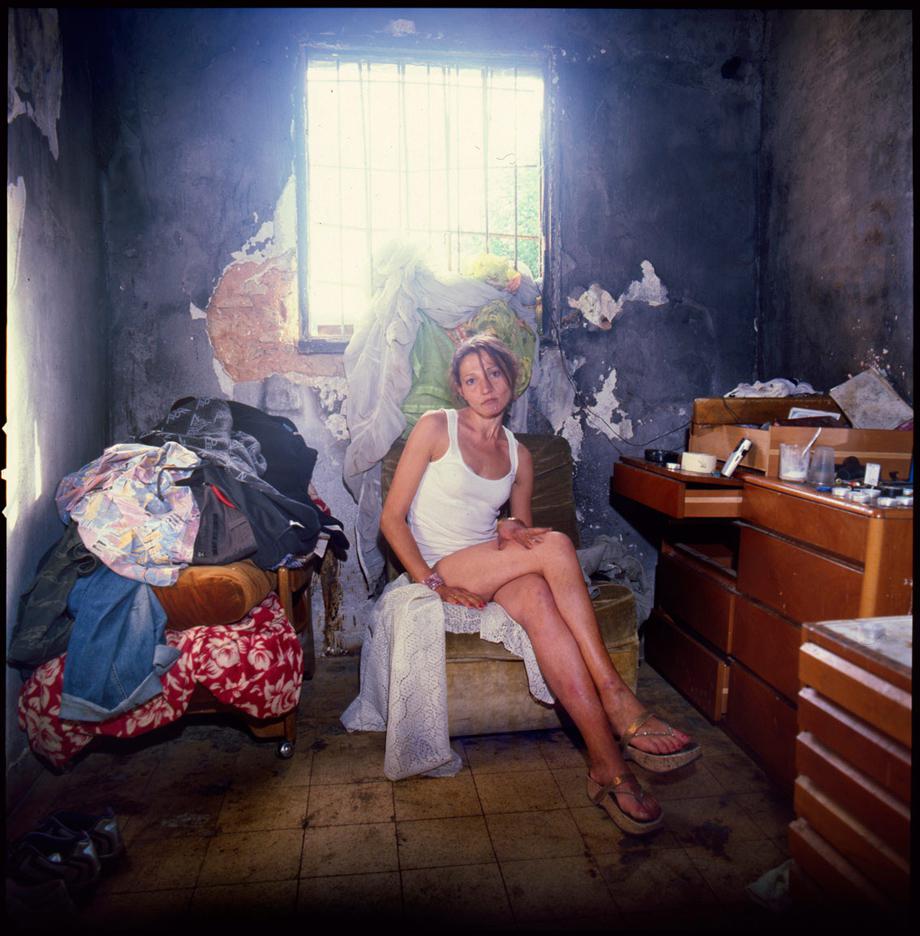Warning: this post contains nudity.

Lori and Hike, 2008
Ziv Ish
As a child, Israeli photographer Ziv Ish enjoyed chasing butterflies. As his interest grew, his father suggested using film as a more practical way of capturing them. “For the first time, I knew that the camera is expected to take a significant role in my life,” Ish wrote via email. “It took me a while to really start grabbing the camera and filming the butterflies, but it happened.”
Although Ish was initially interested in nature photography, while looking at the images of Diane Arbus—specifically “Child With Toy Hand Grenade in Central Park”—he realized the world of photography was much broader and he “… really needed to figure out the enigma of photography.”
To begin that quest, Ish spent four years studying photography at Bezalel Academy of Arts and Design in Jerusalem developing his skills. He eventually moved to south Tel Aviv, Israel, where he began creating portraits of people living on the fringes of Israeli society, including prostitutes, drug addicts, and transsexuals. “There are areas in [Tel Aviv] that drug addicts or many other extreme communities are very easy to find. I used to visit there almost every day and got to know every corner of the streets,” Ish said. “Very rough areas with an environment that is very hard to deal with, especially if you are really getting into the veins of the place and getting to know the people.”
Ish added that he has always connected with marginalized communities and that “ … I felt that maybe just a little bit of luck separates us.” That separation also included his camera.

Ziv Ish

Ziv Ish

Ziv Ish
“Natural connection led me to those places over and over again, when the camera was both an excuse to go back there, as well as my protective shield,” he wrote. “The camera gave me the possibility of repeated visits and gave me the validity for that, which it was very hard for me to explain otherwise.”
Although Ish mentioned Arbus as an early influence, his images also bring to mind the work of Nan Goldin.
Like Goldin, Ish feels a strong connection to his subjects and a desire to learn more about their lives. He feels the images he creates, sometimes after spending months with his subjects, are simply a bonus for the time he spends with these people; he values the experience over the photograph. Achieving a connection, however, can come at a price.
“The emotions and situations that I used to expose myself to can really get to you and influence you in many ways, and it is very hard to repress them later on,” Ish said. “The gain from this is also very unclear; sometimes there is no gain at all but just pain or distress. Many times I am just like a drug addict, swearing that this is my last visit in those places. Until next time, of course. To this day I do not know if it’s more of a blessing or a curse.”
Ish said that working within marginalized communities takes a complete commitment because subjects will notice immediately if you’re pretending. “Basically, everyone can hold a camera and take a picture, but the fine-tuning of the project will be measured in your devotion and love for it,” Ish said. “And me, I do not see this as a project at all, but as a process that has no beginning or an end.”

Ziv Ish

Ziv Ish

Ziv Ish

Ziv Ish